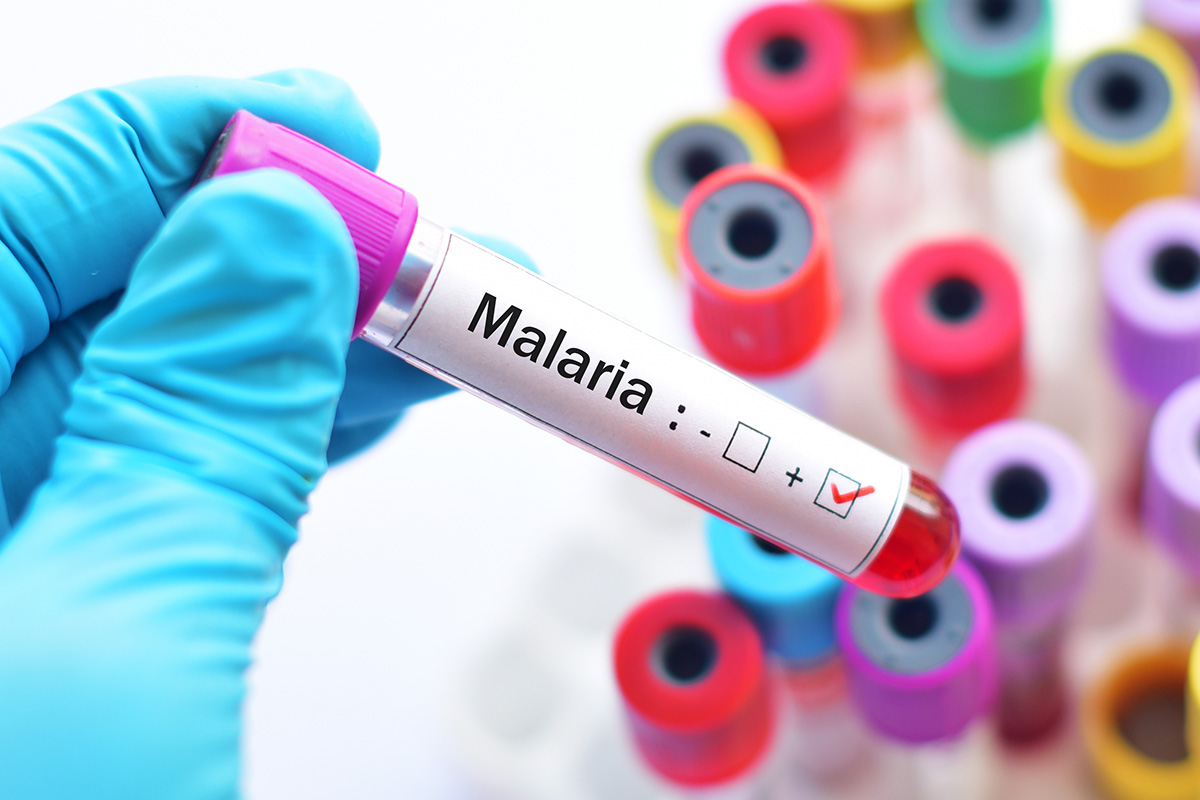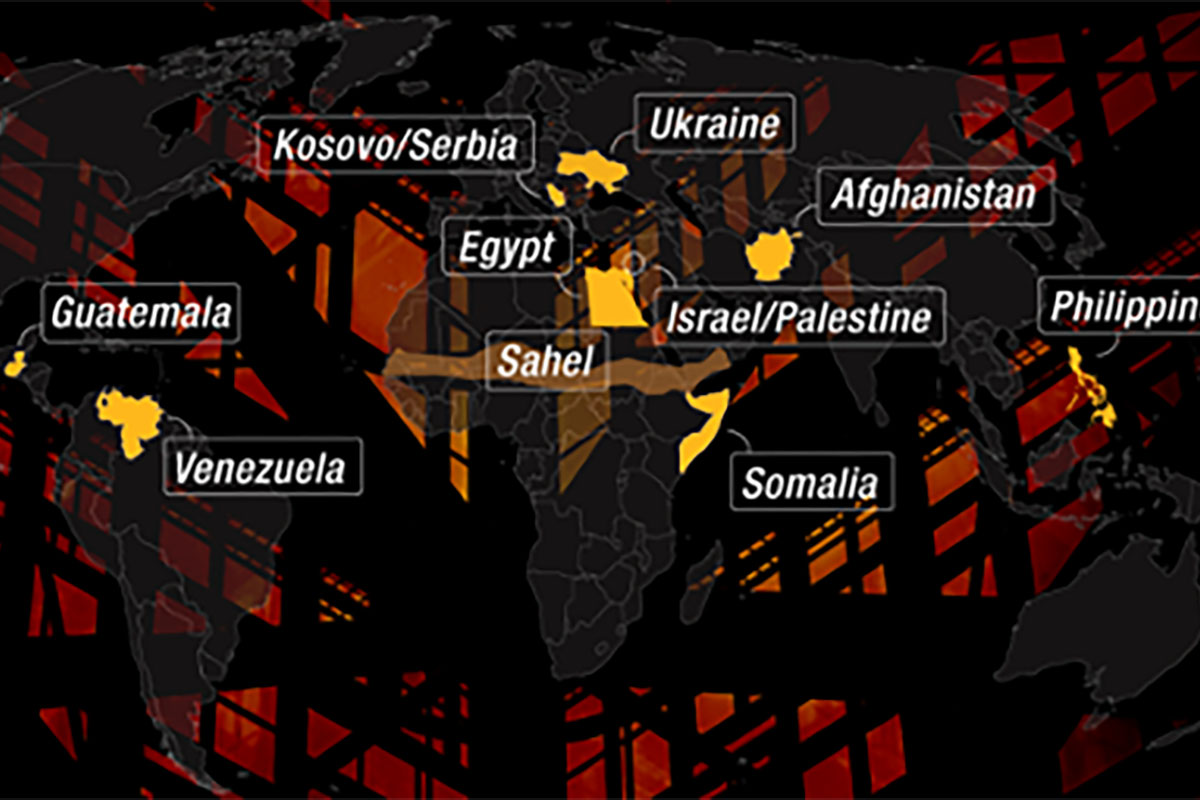“Chikungunya mystery unsolved since 1952”
September 11 The virus behind an outbreak now affecting Pakistan was first classified in Africa more than 60 years ago, writes Omer Fayshal Pavel, 23, a Commonwealth Correspondent from Dhaka in Bangladesh, who describes the mosquito-borne illness.
The virus behind an outbreak now affecting Pakistan was first classified in Africa more than 60 years ago, writes Omer Fayshal Pavel, 23, a Commonwealth Correspondent from Dhaka in Bangladesh, who describes the mosquito-borne illness.
It was 1952 when an unknown disease emerged in Makonde Plateau, the border between Mozambique and Tanzania. In that time people were not so prepared to fight that mysterious incidence. Those helpless people suffered from intolerable pain and fever, with some psychological problems – especially depression – as after effects of the attack of an unknown illness.
Scientists became concerned, and started working on a serum for the affected people. As result, in 1955 Marion Robinson and W.H.R. Lumsden identified a new virus strain that can affect mosquitoes and can be transmitted to mammals by the affected mosquitoes. The name of the virus derived from the Makonde word kungunyala, which means that ‘which bends up’. Actually, this infection causes intolerable pain in bone joints, causing the patient to contort and the lead to the name. That is the introduction of the disease known in Asian countries as chikungunya.
It would be better if the virus stopped in 1952, but it didn’t. Rather it started spreading worldwide. In February 2005, islands of Indian Ocean faced a major outbreak of chikungunya and since 2005 India, Indonesia, Maldives, Thailand and other south Asian countries have reported over 1.9 million cases of it. In 2007 transmission was reported for the first time in Europe, and there were more than 197 cases reported during this outbreak. About 191 deaths have been attributed to this disease during the outbreak on 2015.
In 2016 there was a total of 349,936 suspected and 146,914 laboratory confirmed cases reported to the Pan American Health Organization PAHO regional office. In 2017, Pakistan continues to respond to an outbreak which started in 2016.
In Bangladesh, chikungunya occurred in a massive outbreak in 2013, and it appeared as an urgent concern affecting a reported 3,000 people in an outbreak in Dhaka this year.
Chikungunya is a viral disease caused by a RNA virus which is classified as alphavirus genus of the family Togaviridae and transmitted by the same vectors of Dengue Aedes aegypti and Aedes albopictus. First the mosquitoes get infected with this virus and when the female sucks blood of any human, it transmits the virus to the human.
The normal symptoms of this disease are often confused with Dengue fever, leading to the mistake of wrong treatment. The symptoms of chikungunya start three to four days after the transmission of the virus. It starts with a very high fever of about 40 °C (104°F) with intolerable pain in bone joints. There are other symptoms that can be noticed in the infected patient. These are swelling in the joints, muscle pain, nausea or rashes in any part of the body. This all indicates the chikungunya infection buut the confirmation can be given after the serological test.
To be honest, chikungunya is rarely fatal for the adult patients. Symptoms can be shown for two or three days, and can last for 15 days depending on the immunological strength of the patient. Naturally it takes about one week to eliminate the virus from the body. In several cases eye, neurological and heart complications have been reported with gastrointestinal complaints, though it is not so common.
Though chikungunya was detected in early 1952, as of now there is no vaccine or cure for this disease. Taking plenty of water and other regular food should be taken to help the patient get well soon. Paracetamol and other prescribed medicine can be taken for relief from pain and other symptoms, but it is strongly recommended not to take aspirin or any anti-inflammatory drugs in this viral infection.
As there is no cure for the disease, prevention can be the only way to avoid chikungunya. Avoiding mosquitoes and eliminating standing water where mosquitoes can breed are important measures that can be effective in preventing exposure to the virus.
So let’s make it possible, because your negligence can make not only you but also your community suffer.
photo credit: Sakuto _MG_2403 via photopin (license)
…………………………………………………………………………………………………………………
About me: I am a youth from Bangladesh, a country which is densely populated. The overpopulation has created issues that reduce the environmental and health status. As a result, different unexpected health challenges are arriving. My ambition is to overcome these problems by making a network of youths and working as public health professional in the future.
I like to visit different places with different traditions and taste different foods. Right now I am a student of Pharmaceutical science and a health columnist in national news papers.
…………………………………………………………………………………………………………………
Opinions expressed in this article are those of the author and do not necessarily represent the views of the Commonwealth Youth Programme. Articles are published in a spirit of dialogue, respect and understanding. If you disagree, why not submit a response?
To learn more about becoming a Commonwealth Correspondent please visit: http://www.yourcommonwealth.org/submit-articles/
…………………………………………………………………………………………………………………






